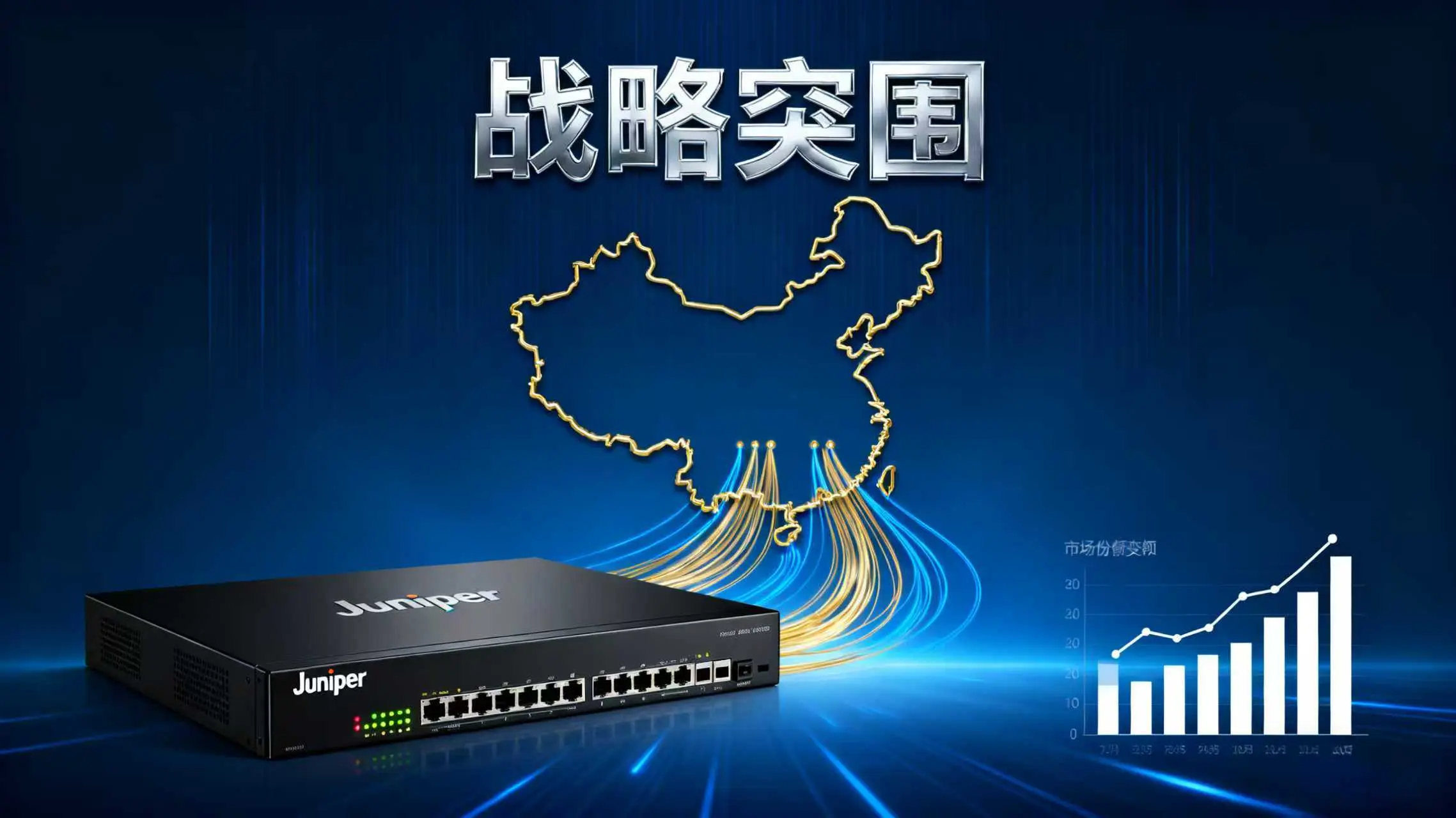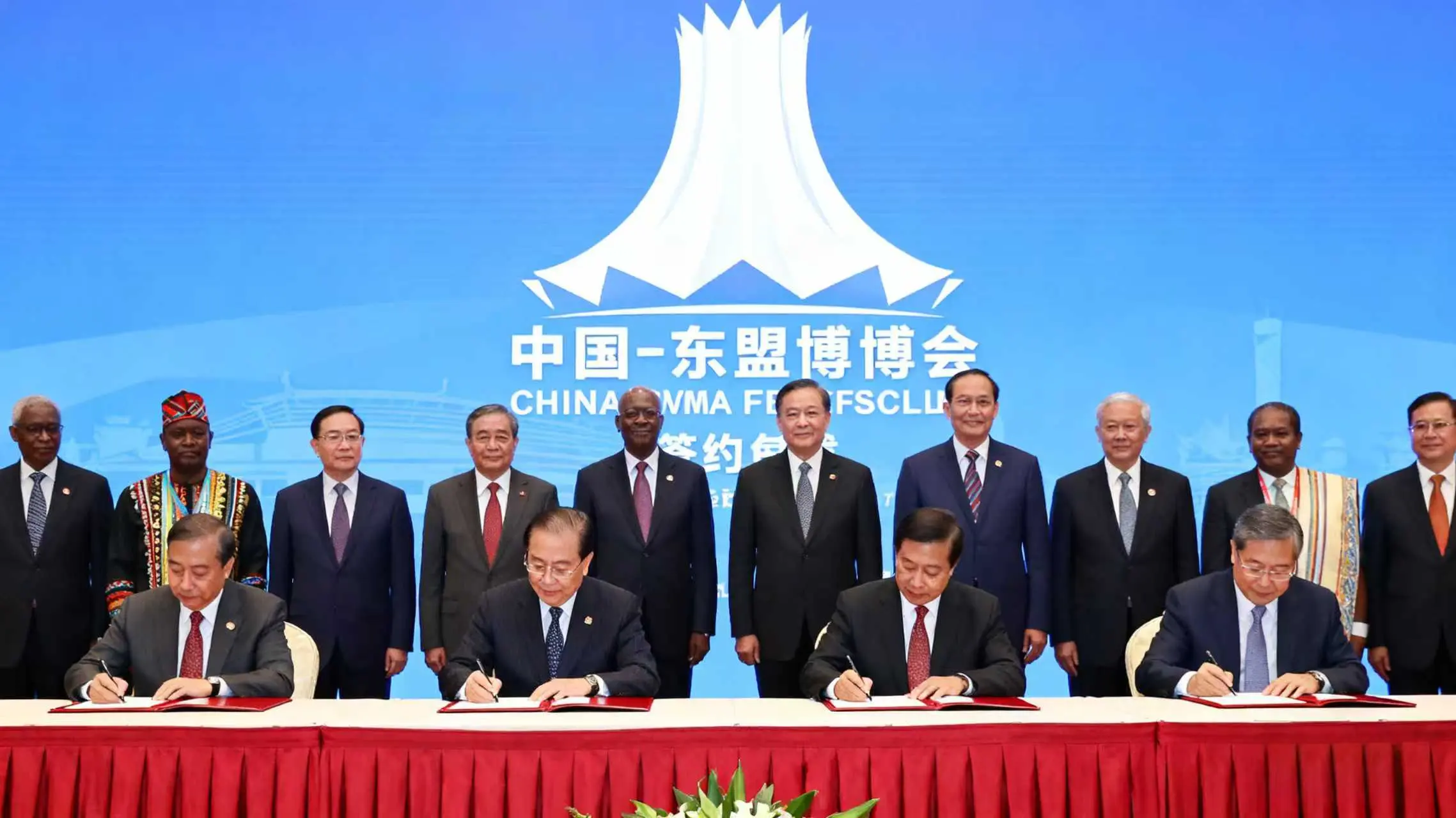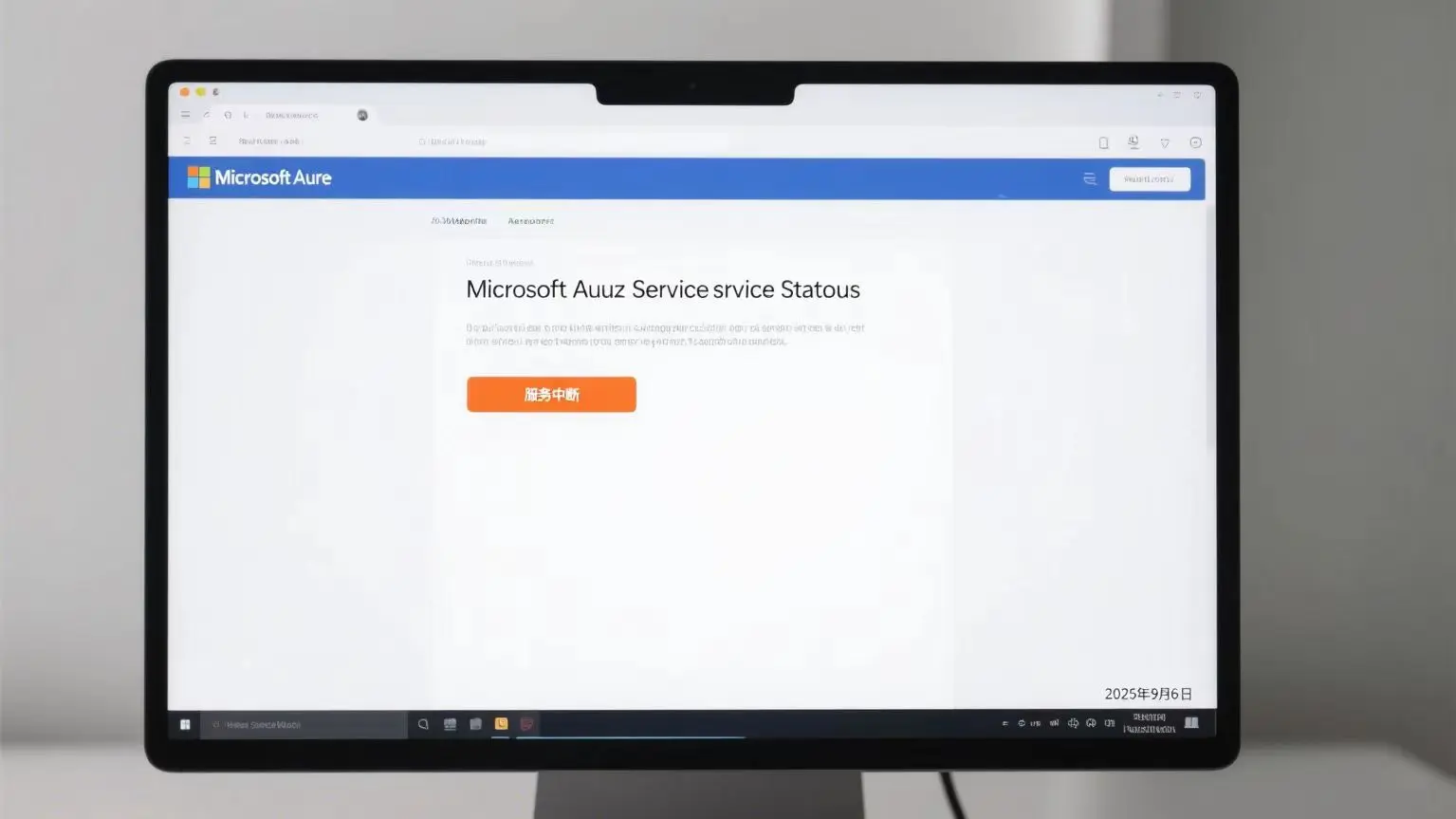0102030405
New Dynamics in China-ASEAN Trade: Cold Chain Route Launched, Land-Sea New Corridor Freight Volumes Surge
2025-05-20
A new cold chain boutique route connecting Malaysia’s Kuantan Port and China’s Beibu Gulf Port in Guangxi was recently launched, opening a fresh "fresh goods" channel for trade between China and ASEAN. Previously, ASEAN goods mainly entered China via land routes such as Pingxiang and Dongxing in Guangxi. The new maritime route enables high-efficiency, fresh-preserving transportation of premium products like durians and mangosteens from ASEAN countries directly to Chinese markets, enriching consumers’ baskets while bringing tangible benefits to relevant businesses.
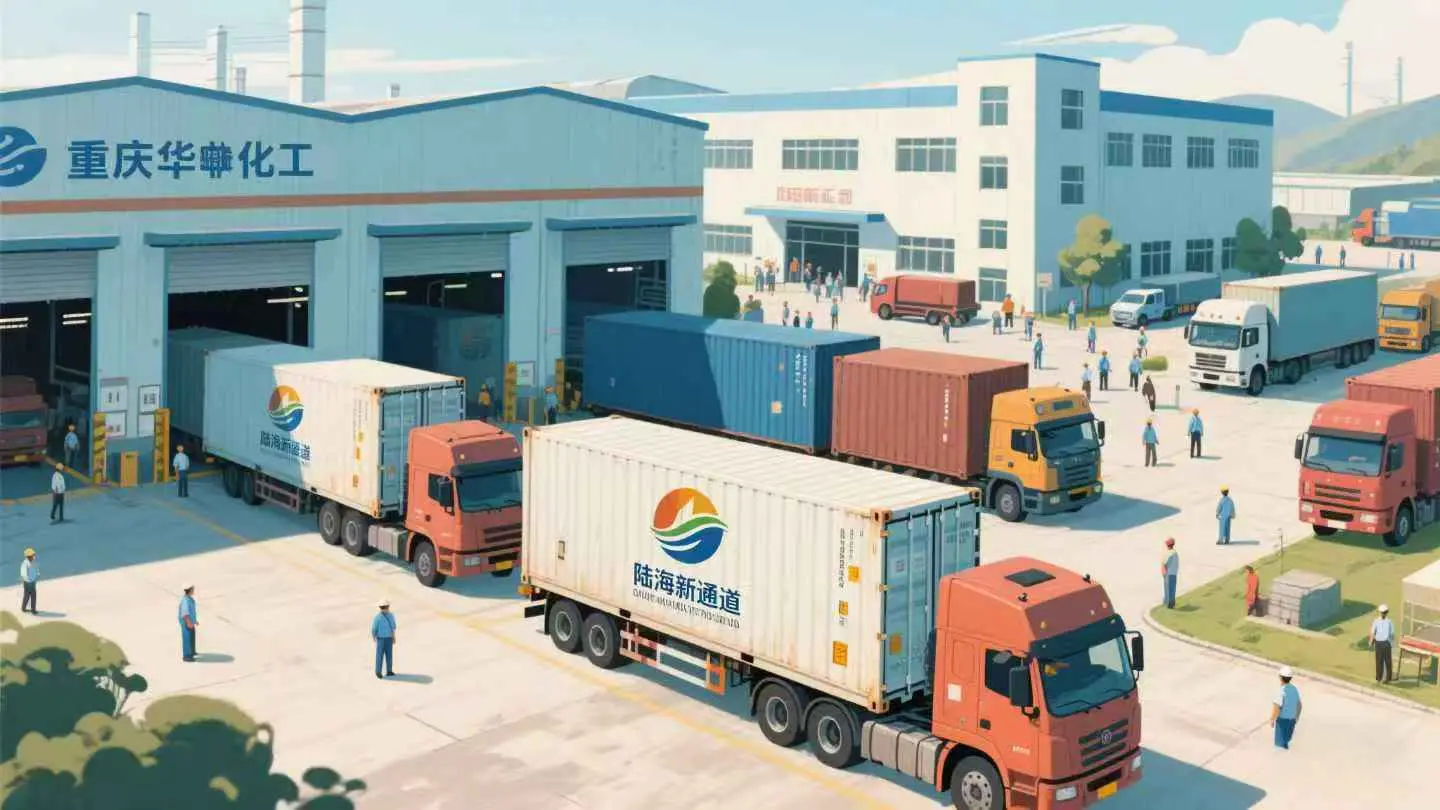
In recent years, the Western Land-Sea New Corridor (WLSC) has achieved remarkable progress, with diversified routes including the "Beibu Gulf Port – Chengdu – Poland/Germany" general merchandise train, "United Arab Emirates – Qinzhou – Lanzhou" automobile train, and "Chongqing – Qinzhou – Dubai" rail-sea intermodal train (using JSQ carriages and ro-ro ships). With over 1,000 types of goods transported, it has formed a widely covered and multifunctional trade network. Premium ASEAN products such as Cambodian rice and Thai coconut water now flow into Chinese markets via the corridor, delighting household tables nationwide. For example, Thai Golden Pillow durians can reach supermarkets in western Chinese cities like Chongqing within 10 days via WLSC trains—an impressive feat of speed.
Striking data underscore the corridor’s rapid growth. The annual freight volume of rail-sea intermodal trains surged from 3,382 TEUs in 2017 to 960,000 TEUs in 2024—a 285-fold increase. In the first quarter of this year, freight volume continued its high-speed growth, surging 68.2% year-on-year. "Thanks to the continuous expansion of maritime routes between Qinzhou Port and Southeast Asian countries, importing fruits via Qinzhou is faster and cheaper, boosting our business significantly," said Huang Liangsong of Guangxi Zhengfan International Logistics Co. With the fruit harvest season approaching, a massive influx of ASEAN fruits is expected to arrive via the corridor this year.
As a major import hub for bulk commodities in western China, Beibu Gulf Port plays a critical role in safeguarding industrial and supply chain stability. According to Nanning Customs, the port imported 39.033 million tons of bulk commodities in Q1 2025, a 16.1% increase in volume and 5.6% in value (69.73 billion yuan), with metal ore imports rising by 40%. The port also facilitates exports of premium products from Chinese provinces: Guangxi’s paper products, Yunnan’s fertilizers, Chongqing’s computers and components, and Hunan’s fireworks saw export growth of 45.9%, 44.5%, 232.2%, and 17.9% respectively via Beibu Gulf Port.
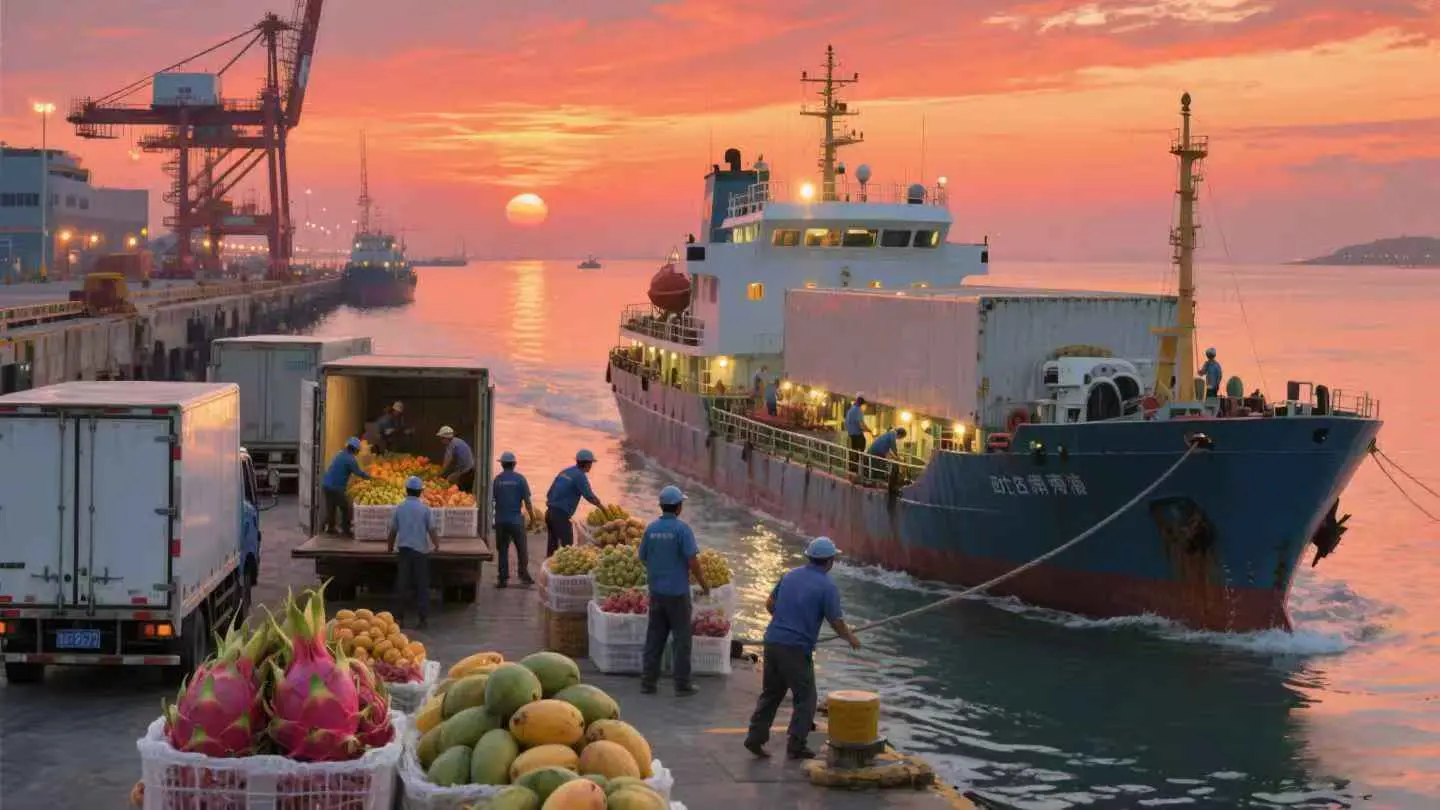

Take Chongqing Huafeng Chemical Co., for instance. As the world’s largest adipic acid producer, the company struggled with slow capacity expansion for nearly a decade due to logistics constraints. After adopting the WLSC in 2019, its export delivery time shortened to just over 20 days, cutting comprehensive costs and reducing capital occupation. Improved transport efficiency also enabled smaller, more frequent shipments, enhancing clients’ cash flow. As a result, international giants like BASF and DuPont upgraded Huafeng’s supplier rating from C to A or A+, driving a surge in overseas orders. The company’s WLSC shipments grew from 48 containers in 2019 to 2,498 in 2024, and reached 1,545 in the first half of this year.
To meet surging transport demand, China Railway Nanning Bureau has intensified infrastructure upgrades. Electrification of key rail routes like Liqin, Nanfang, and Qingang has reduced freight time by nearly 20% and increased capacity by 6.5%. Modern logistics hubs such as Nanning International Railway Port, Qinzhou Railway Container Center Station, and Liuzhou Railway Port have further enhanced cargo handling capabilities.
Today, the WLSC handles 1,234 types of goods, reaching 556 ports in 127 countries and regions worldwide, with tens of thousands of product categories spanning agriculture, chemicals, electronics, and more. Driven by policy support and market demand, China-ASEAN trade cooperation is scaling new heights. The Western Land-Sea New Corridor will continue to serve as a powerful engine for regional economic integration, fostering broader collaboration and injecting sustained momentum into regional growth.




